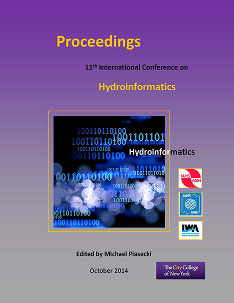Document Type
Presentation
Publication Date
8-1-2014
Abstract
This research presents further exploration of the results obtained during the decision-making game “Do probabilistic forecasts lead to better decisions?”, which Ramos et al (2012) conducted at the EGU General Assembly 2012 in the city of Vienna. In that game, several cases of flood forecasts with and without uncertainty information were presented to the participants, together with choices of actions to take. As decision-makers, they had to decide whether to open or not a gate which was the inlet of a retention basin designed to protect a town and face the consequences of making a bad decision: if they decided to open the gate, the retention basin was flooded and the farmers in this basin demanded a compensation for flooding their land; if they decided not to open the gate and a flood occurred on the river, the town was flooded and they had to pay a fine to the town. A conclusion of that game was that, in the absence of uncertainty information, decision makers are compelled towards a more risk-averse attitude. In order to explore to what extent the answers were driven by the way the questions were framed, we repeated exactly the same experiment with a group of students that followed the Hydroinformatics for Decision Support module, at UNESCO-IHE, Delft. In addition to the original experiment, we introduced a slight variation consisting on choosing between a sure value (for either loosing or winning with a giving probability) and a gamble, in a similar way that the one presented by Kahneman and Tversky (1979). Results show that the way how the questions are posed plays an important role in decision making and that Prospect Theory concepts are promising to be included in future modeling approaches, for instance Agent-Based Models.



Comments
Session R70, Hydrology and Socio-Economic Aspects